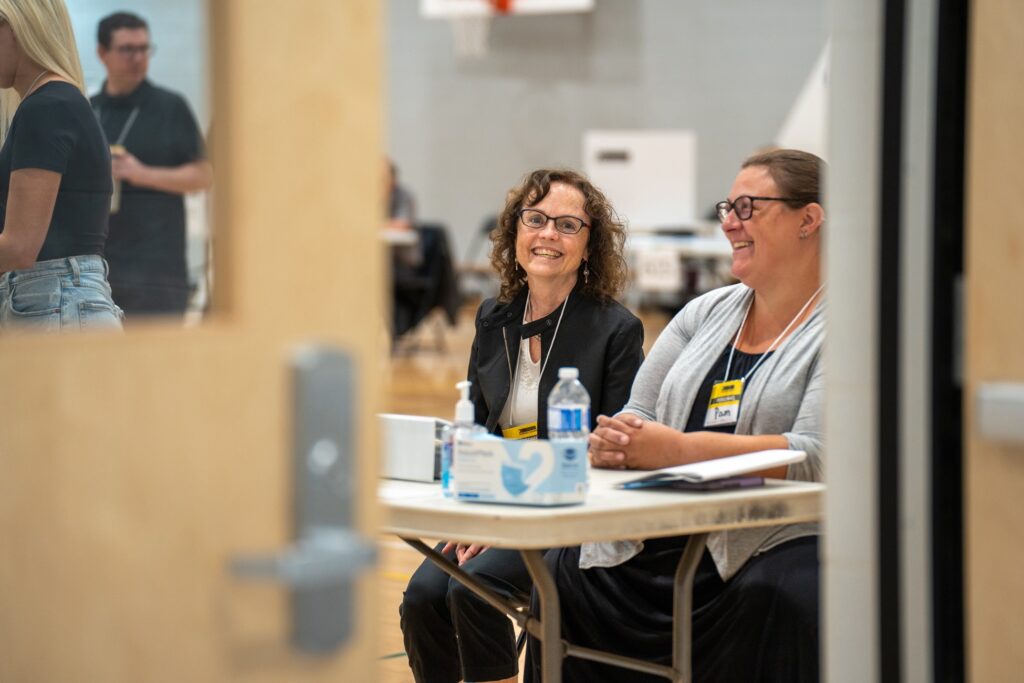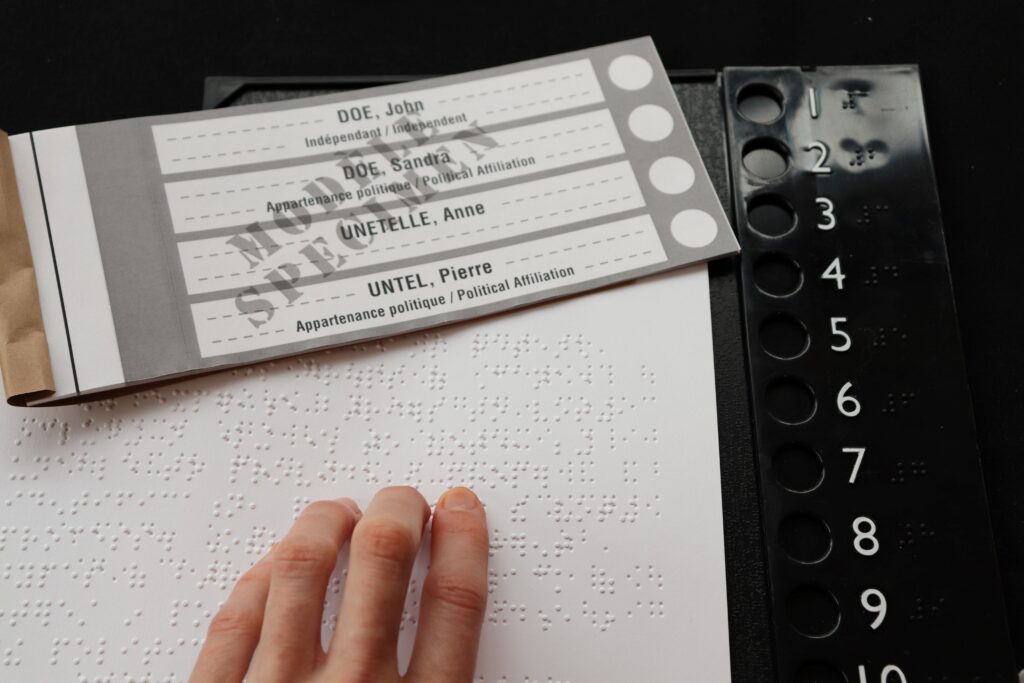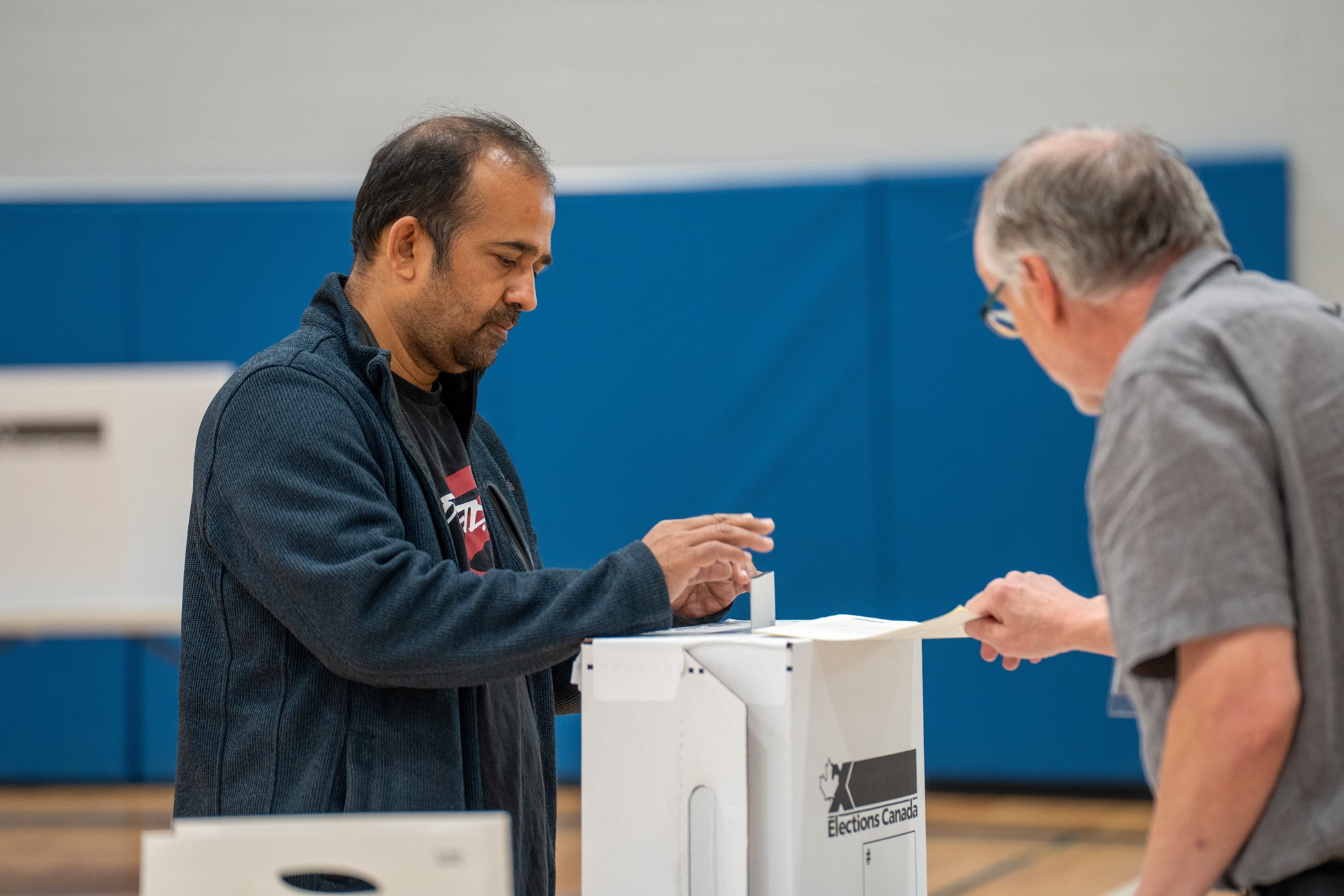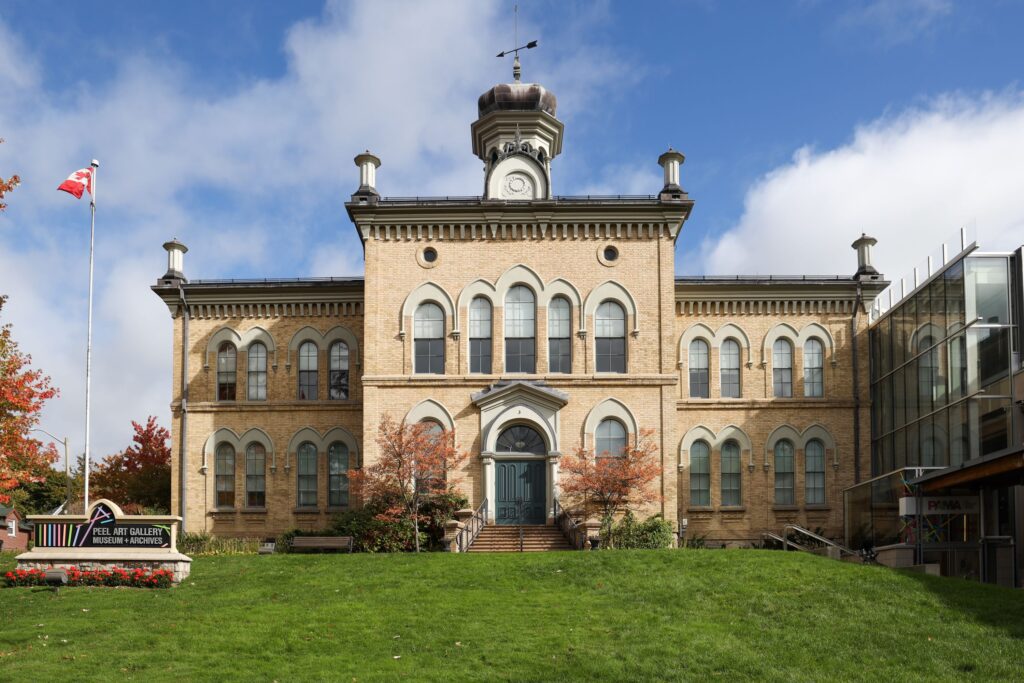This blog has been produced in partnership with Elections Canada.
Elections are the heartbeat of democracy, and in Canada, they play a crucial role in shaping our leadership. As a first-time voter, understanding how Canadian federal elections work is key to participating in our democratic process.
How Often Do Canadian Federal Elections Happen?
Canadian federal elections typically occur every 4 years, as mandated by the Canada Elections Act. However, the reality is a bit more complicated. Our parliamentary system allows for some flexibility in election timing, which means elections can be called earlier under specific circumstances.
A federal election can be called:
- When the Prime Minister advises the Governor General to dissolve Parliament.
- If the government loses a confidence vote in the House of Commons.
- At the discretion of the sitting government before the 4-year term expires.
Not sure if you’re ready to vote? Check our previous blog post on voter registration to ensure you are prepared for the next election.

What to Expect When You’re Voting
Walking into a polling station can feel overwhelming, especially if it’s your first time. Your ballot might look different from what you imagine.
Instead of directly voting for a Prime Minister from the candidates you’ve seen on the news, you’ll be selecting a Member of Parliament (MP) to represent your local riding (also known as an electoral district). Each ballot typically includes:
- Candidate names.
- Their political party affiliations.
- Space to mark your single preferred candidate.

Selecting the right candidate involves more than a guess. As you get closer to the day you will cast your ballot, consider the local candidate’s platform or their party’s national policies. Ask yourself: how do they align with your community’s needs?
Why You’re Not Voting Directly for the Prime Minister
This is a common misconception. In Canada’s parliamentary system, the Prime Minister typically emerges from the party that wins the most seats, not through a direct national vote. Your local MP’s election contributes to determining which party forms the government.
Understanding the Roles: MP vs. Party Leader
| Member of Parliament (MP) | Party Leader |
| – Represents a specific geographical area. – Advocates for local community interests. – Sits in the House of Commons. – Votes on proposed legislation. – Participates in parliamentary debates. | – Sets overall party strategy and vision. – Represents the party at the national level. – Usually becomes Prime Minister if their party wins a majority government. – Develops national policy platforms. – Leads party communications and messaging. |
How Your Vote Shapes Canada’s Future
Every ballot cast matters more than you might realize. The total number of MPs elected determines which party forms the government, who becomes Prime Minister, and the political direction of the country for the next four years.
Your single vote is part of a collective decision that represents the voice of Canadian democracy.
Ready to make your voice heard? Stay informed, research your local candidates, and most importantly – vote when an election is called!
Hero Image Credit: Elections Canada





